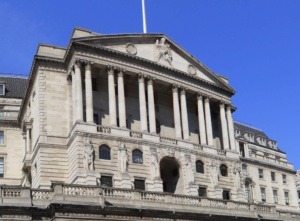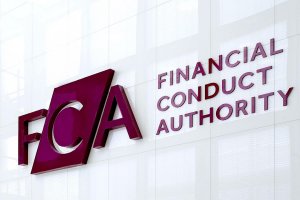BoE warns that market participants keep accumulating Libor-linked sterling derivatives for periods after 2021
As the outstanding stock of contracts maturing after 2021 that reference Libor keeps growing, so do associated medium-term financial stability risks, the FPC warns.

The latest Financial Stability Report by the Financial Policy Committee (FPC) of the Bank of England underlines the financial stability risks around Libor.
Let’s recall that in March last year, the FPC judged that continued reliance of financial markets on Libor benchmarks presented a risk to financial stability. That judgement reflected the scarcity of unsecured deposit transactions to inform banks’ term Libor submissions and the scale of financial contracts that used Libor as a reference rate. The judgement was also prompted by the lack of clarity on the legal position of Libor‐referencing contracts in case Libor become unavailable.
In its most recent report, the FPC notes that over the past 15 months some good progress has been made in a number of areas. For instance, market-led working groups in key jurisdictions have identified preferred alternatives to Libor. In the UK the Working Group on Sterling Risk‐Free Reference Rates recommended SONIA, administered by the Bank of England, as its preferred risk-free rate. The Bank implemented reforms aimed at strengthening SONIA on April 23, 2018. In the United States, the market‐led Alternative Reference Rate Committee chose the secured overnight financing rate (SOFR), a benchmark produced by the Federal Reserve Bank of New York, which was launched on April 3, 2018.
In November 2017, the Financial Conduct Authority (FCA) secured the agreement of the Libor panel banks to continue submitting to Libor until the end of 2021. This provides a window for transition to alternative rates — but after 2021 the availability of Libor cannot be assured, the FPC warns.
Moreover, Libor’s administrator – ICE Benchmark Administration, is reforming the benchmark‐setting process. But these changes are seen as unable to address the fundamental challenge to the medium-term sustainability of term Libor benchmarks – the lack of underlying transactions. The risk that Libor will become unavailable after 2021 means that market participants will need to transition away from reliance on Libor.
According to the FPC, market participants continue to accumulate Libor-linked sterling derivatives for periods well after 2021: for instance, since July 2017 the growth in cleared derivatives contracts exceeded their rate of roll‐off. As long as the stock of Libor-linked sterling derivatives continues to increase, the medium‐term risks to financial stability will grow, the FPC says.
The Committee notes that two important market‐led consultation exercises are due to be carried out soon.
First, the Working Group on Sterling Risk-Free Reference Rates will consult on the development of a potential forward‐looking term benchmark based on SONIA.
Second, the International Swaps and Derivatives Association is preparing a market consultation on the fallback rate that is set to replace Libor in derivatives documentation if (when) Libor cease to be produced. Once a fallback rate is agreed, the goal would be to implement it in new derivatives contracts, and also to amend existing contracts.
The agreement of a fallback for derivatives markets may indeed help to set a precedent for other markets, the FPC argues. But the amendment of existing contracts in other markets, such as loan and bond markets, may be hard, and is an issue on which further work is required.









